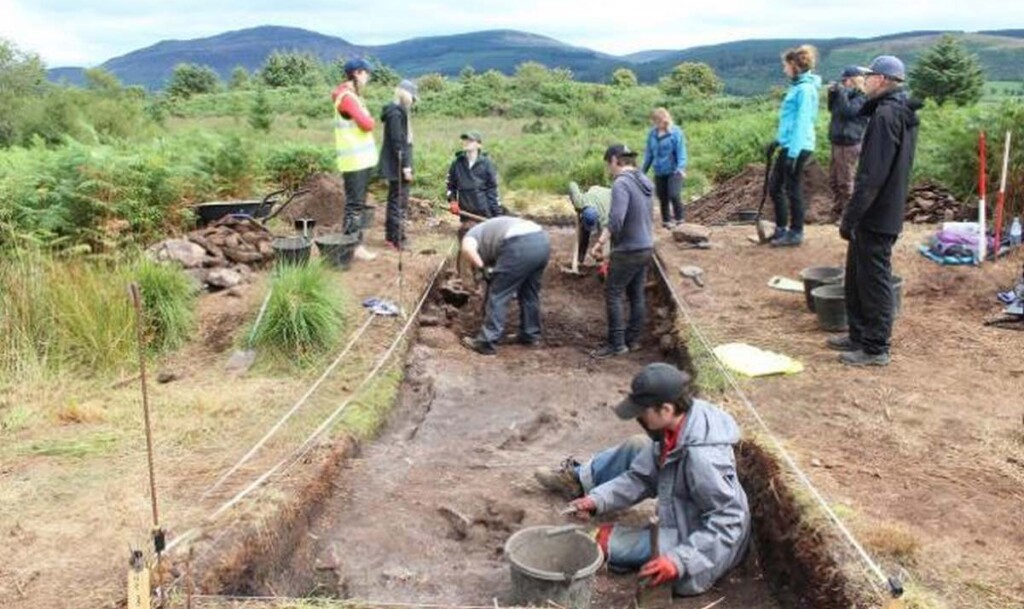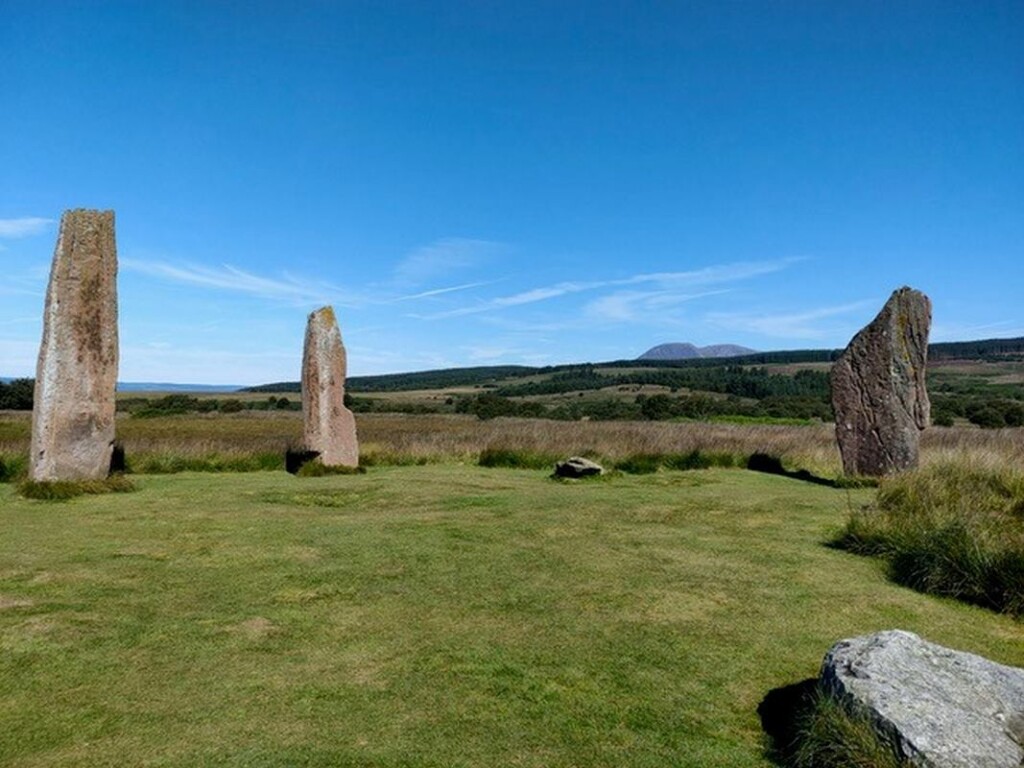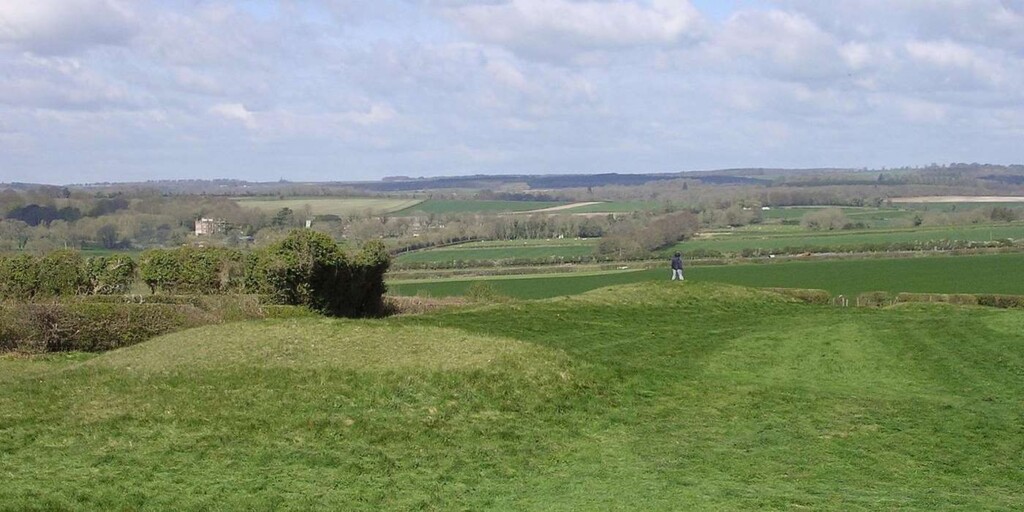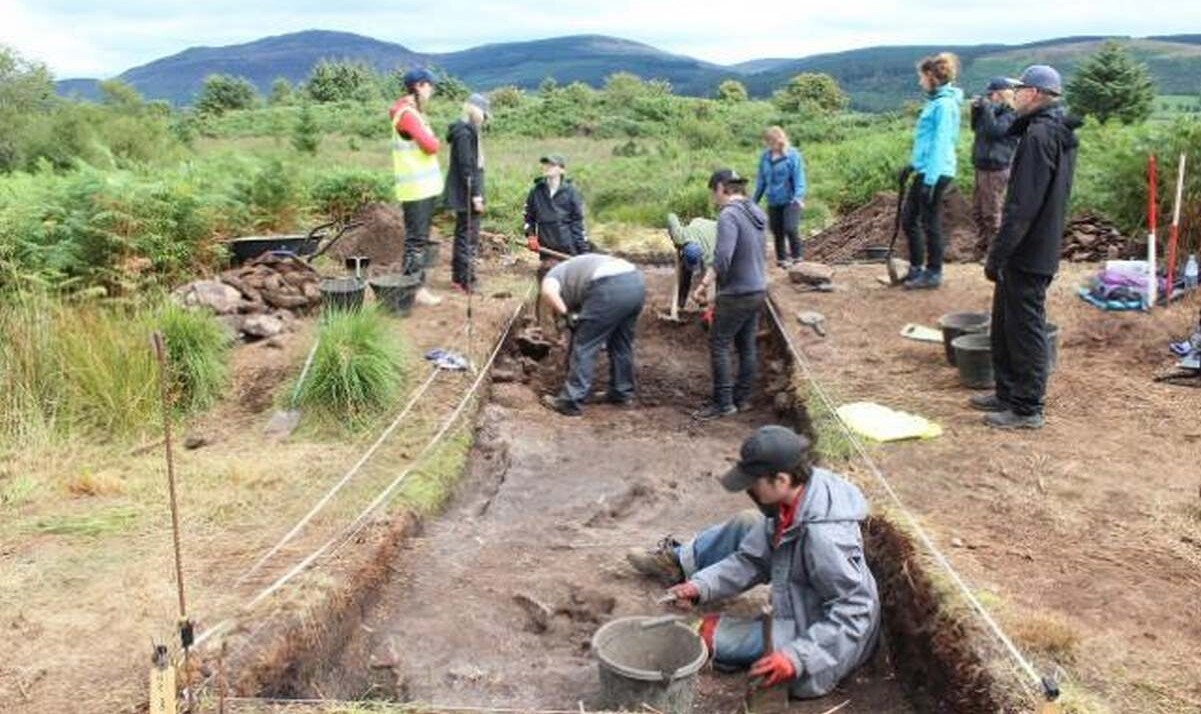
On Scotland’s Isle of Arran, national archaeologists are abuzz that a new ‘cursus’ has been found that is proving to be the most complete and best-preserved monument of this kind ever found in Britain—greater even than Stonehenge.
A cursus is not a stone circle, but rather a massive earthwork, and this one found at a place called Drumadoon was built by Neolithic farmers around 3,500 BCE, and it stretches 0.6 miles.
These kinds of landscape monuments were given the name ‘cursus’ after the Latin word for ‘course,’ and in fact the cursus at Stonehenge was at one point believed to be an ancient chariot racing track.
Their purpose is difficult to divine, and their shape and size differ from place to place, but essentially they take the form of a processional course that leads past other monuments like barrow mounds, stone circles, burial cairns, and standing stones. Indeed if stone circles are the Neolithic equivalent of the Roman Colosseum, then the cursus is the equivalent of the Roman Forum.
Sometimes the boundary structure of the cursus is a trench, like at Stonehenge, and other times it’s a raised mound, like at Drumadoon, or at Dorset in England. These mounds would have been exceptionally difficult to build when accounting for a lack of surveying equipment and digging implements like a shovel.
“The Isle of Arran is well known for Machrie Moor with its Prehistoric stone and timber circles; standing stones and burial cairns but the discovery that these may be part of a much larger complex which included this enormous cursus elevates this into a region of global significance on a par with other ceremonial landscapes like Stonehenge,” said Dr. Emma Jenkins, Associate Professor at Bournemouth University who co-led the landscape geoarchaeology and environmental science work in a statement.

As glorious as standing stone circles are—and there is a very glorious one near the Drumadoon excavation site called the Machrie Moor stone circle, they can’t reveal details about societal organization like a cursus can.
MORE PREHISTORIC NEWS: Prehistoric ‘Axe Factory’ Found in Britain Triggers Search for More Artifacts
Constructing the monument would have involved staggering amounts of labor, transforming the entire local landscape in the process.

“I have been fortunate to be involved in the excavations of several cursus monuments over the last 30 years, but this is by far the most significant,” said Dr. Kenny Brophy, Senior Lecturer in Archaeology at the University of Glasgow who co-directed excavations at the cursus.
“The survival of the monument means that the potential it has for shedding light on early Neolithic farming and social organization is incredibly exciting. These sites are almost all ploughed flat so to be able to stand on near intact cursus bank is very rare.”
MORE NEOLITHIC MONUMENTS: Much Like Stonehenge, Solstice Sunlight Would Have Danced on the Walls of This Neolithic Spanish Tomb
Prehistoric field boundaries, clearance cairns, and circular houses, at least some of which may be contemporary with the monument, have also been found in the same landscape, all preserved within peatland, sealing the archaeological layers.
Ancient soils representing the original Neolithic land surface, together with cultivated soils from the Bronze Age period, provide an unparalleled opportunity to understand how contemporary farming practice and settlement interacted with the cursus monument and how early farmers transformed Drumadoon.
Drumadoon is currently ensconced in a protected area called the Arran Geopark, but the site is privately owned by a Mr. David Bennett, who is currently in the process of rewilding much of the land; the discovery of the cursus will “inform” the rewilding strategy.
SHARE This Monumental Discovery With Your Friends…




















